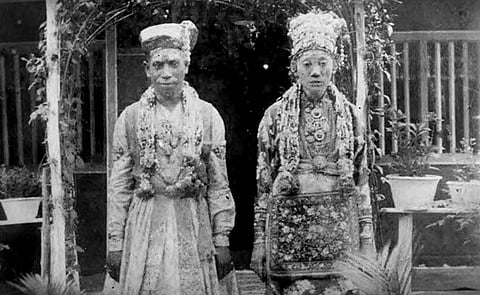The Indian peranakans of Malaysia
Since taking over as prime minister of Malaysia in 2009, Datuk Seri Najib Razak has been promoting a particular vision of nation-building, encapsulated in the catchy slogan '1Malaysia'. In an interview in 2010, the prime minister explained that he aims to strengthen Malaysian society by encouraging a spirit of tolerance that would gradually lead to the acceptance and, finally, celebration of Malaysia's significant cultural diversity. According to official publications, 1Malaysia seeks to strengthen the relationships and cooperation among the country's multi-ethnic peoples. While critics say that the concept merely re-packages old Malaysian 'moderate' values into a new public-relations tool for the Barisan Nasional, the ruling coalition, many others believe that if properly implemented, the campaign could be a step in the right direction. While a clear roadmap of how this pluralistic society – where ethnic identities are endemic and political – can achieve such an ideal has yet to emerge, Malaysia's experience is of interest to countries across South and Southeast Asia for its capacity to maintain a fragile ethnic balance and minimise ethnic conflict.
In Malaysia, it has been rare for hybrid identities to survive into the modern period. For economic expediency, the British divided the indigenous Malay, Indian and Chinese diasporas by occupation and therefore also by geographic location. In part, this was similar to the divide-and-conquer policies used by the British elsewhere in the colonies, including between the Hindu and Muslim communities in India. In Malaysia, the Indians were employed in the rubber estates and other plantations, the Chinese in the tin mines, while the Malays remained in agriculture and fishing. Inevitably, this resulted in a society deeply divided along ethnic lines.

